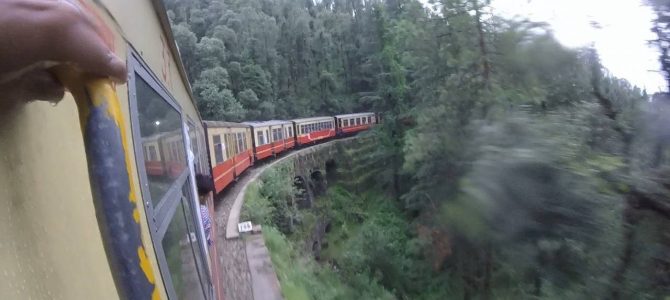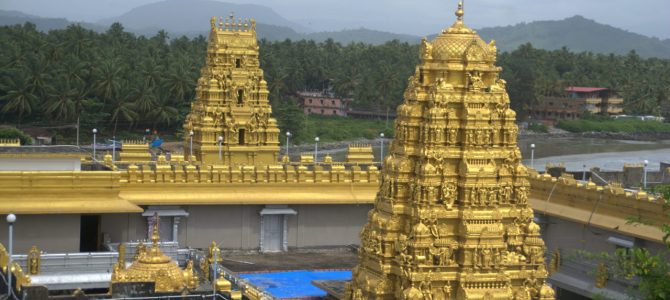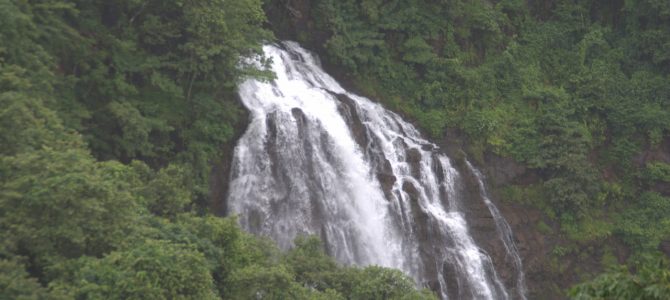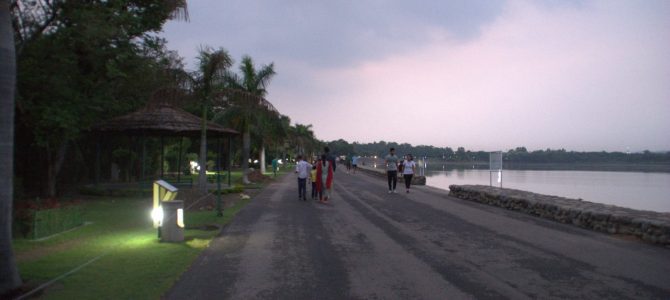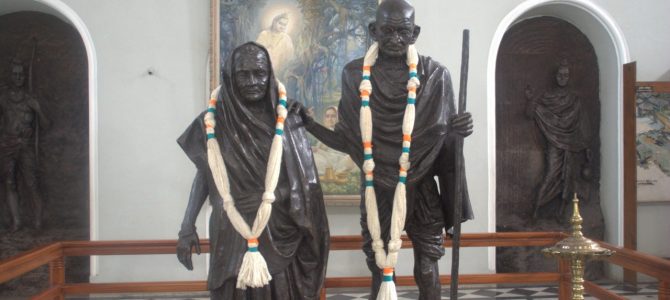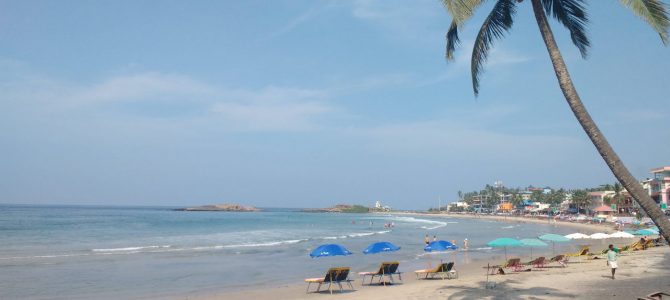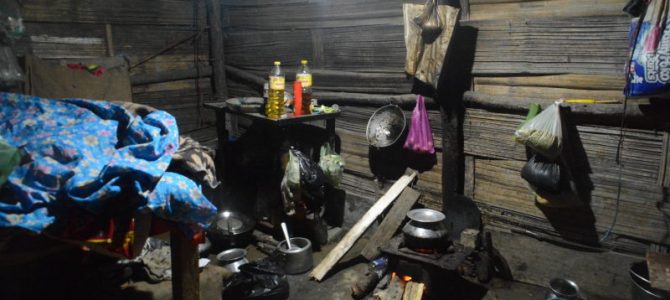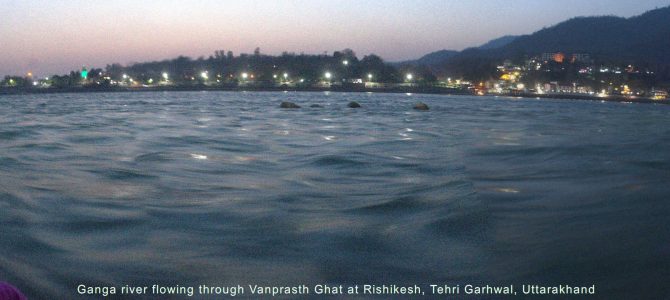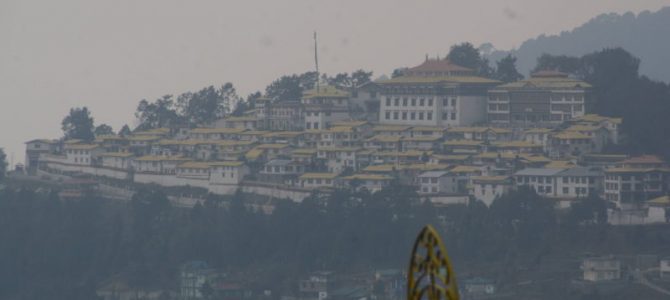The island of Diu is one part of Daman and Diu union territory. It is about 60km from the temple city of Somnath in Gujarat. At Diu, There are some historic places from the Portuguese rule, such as the Diu fort. Diu is also known for its tranquil and not very touristy beaches. Since Diu is quite far from the major and most populated cities of India, not many Indians make it a destination. So Diu never overflows with tourists. But of all the destinations in Diu, there is one that stands out. A cluster of caves formed by uniquely coloured reddish brown rocks stand in a secluded corner of Diu city. The caves are called Naida caves. Tourist packages often miss the caves for reasons unknown to me. But that makes it a perfect destination for those who seek a quiet afternoon, walking through caves of multi-coloured rocks and watching the effects of light filter through them.


